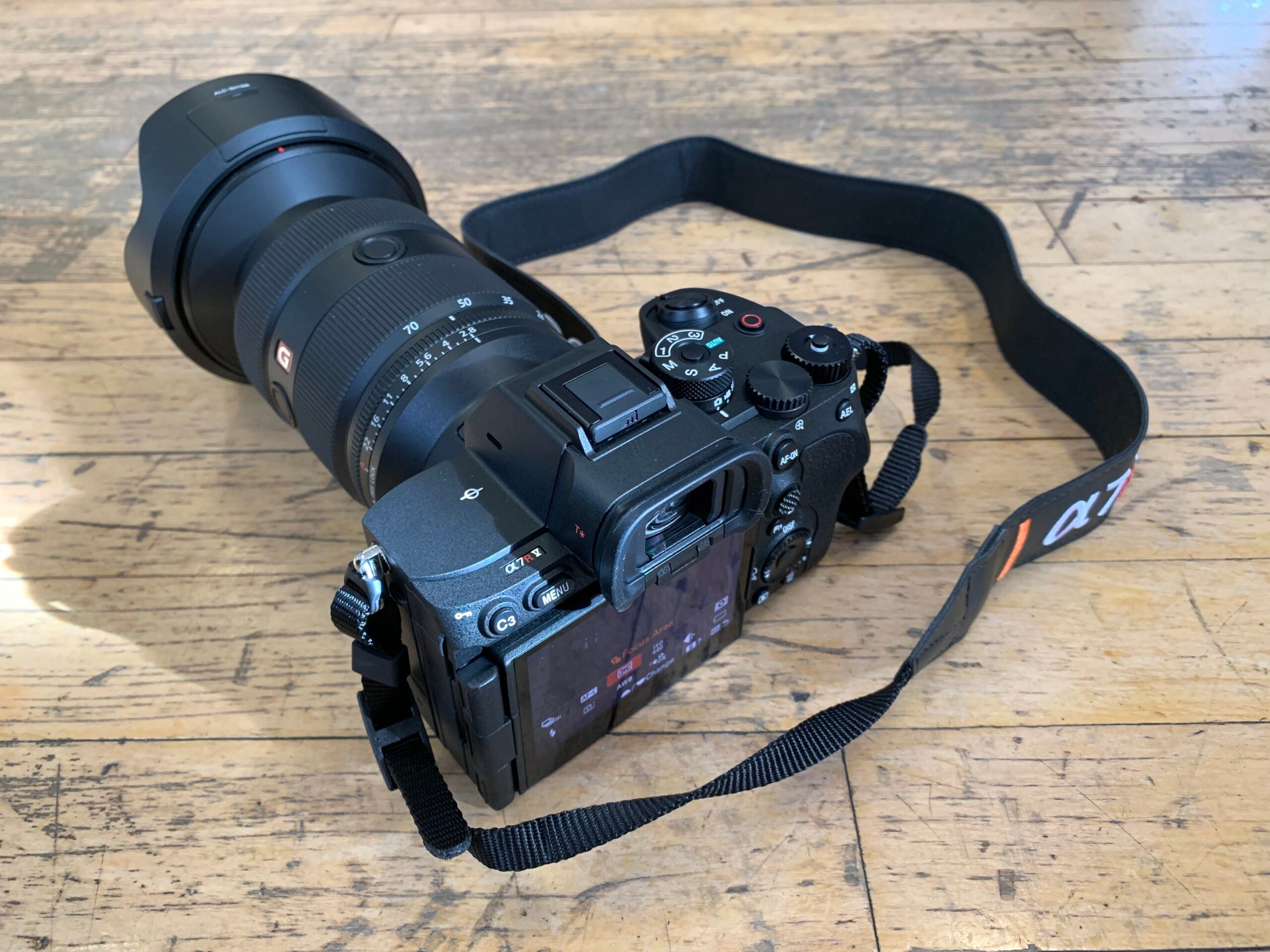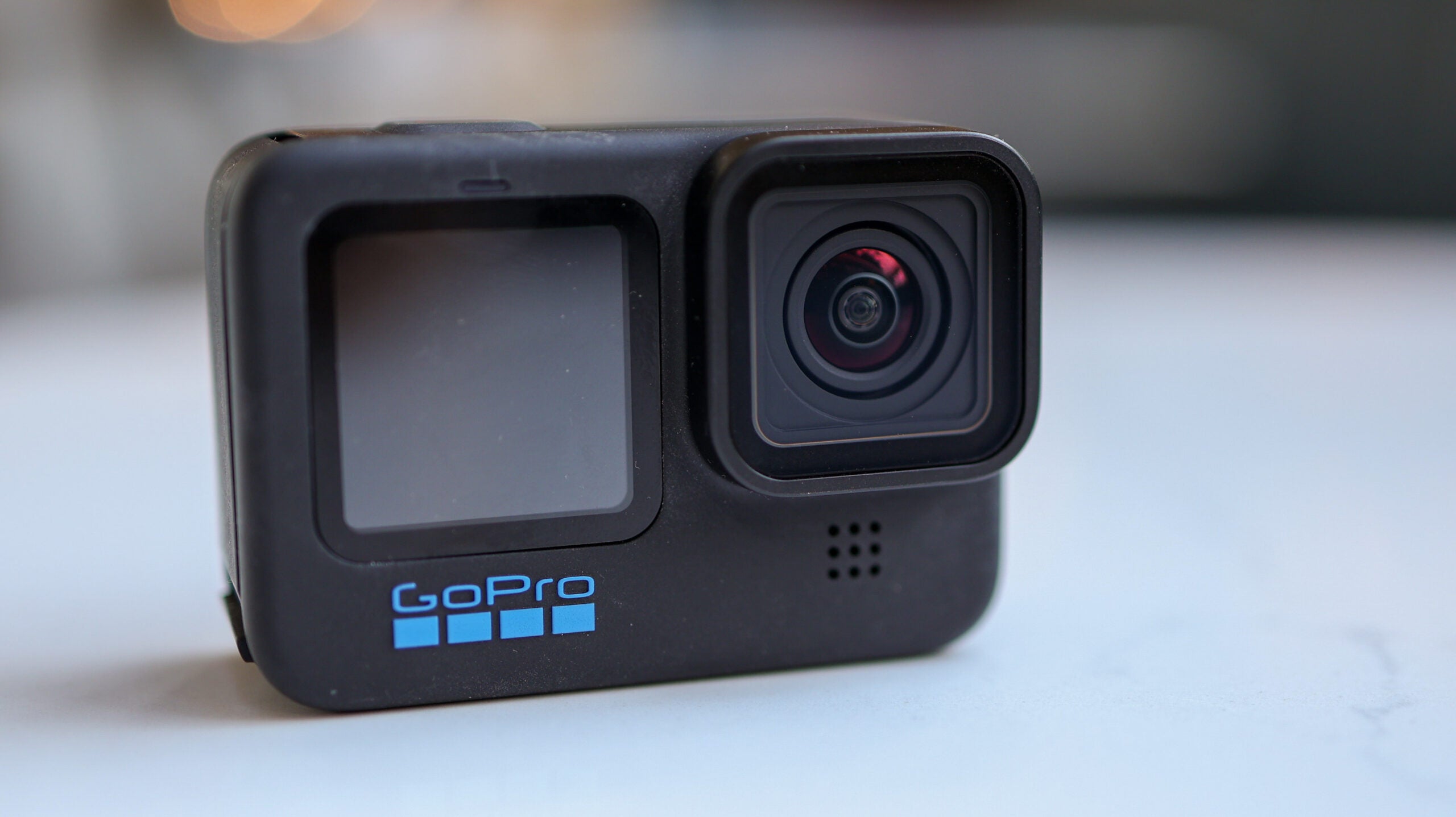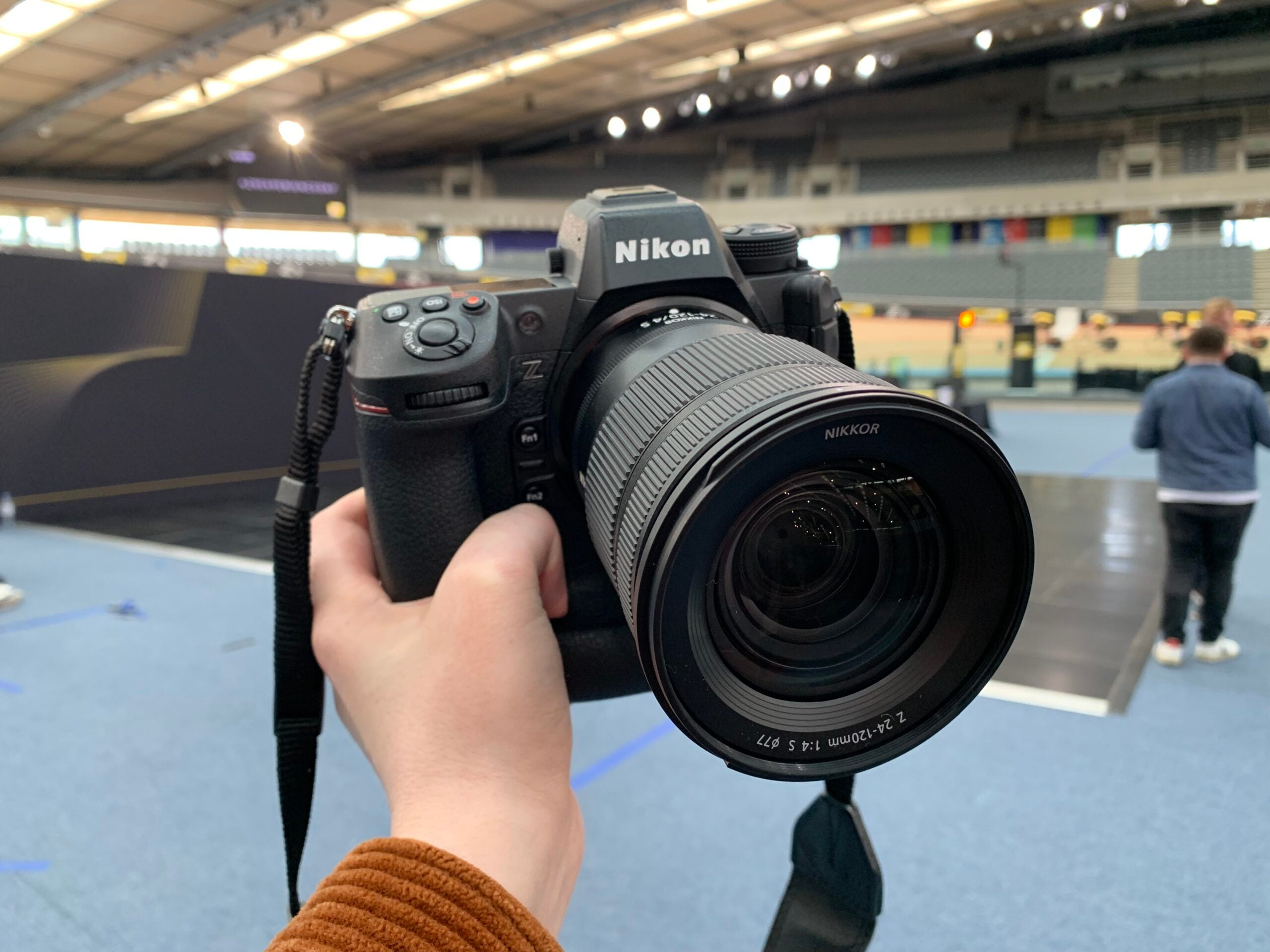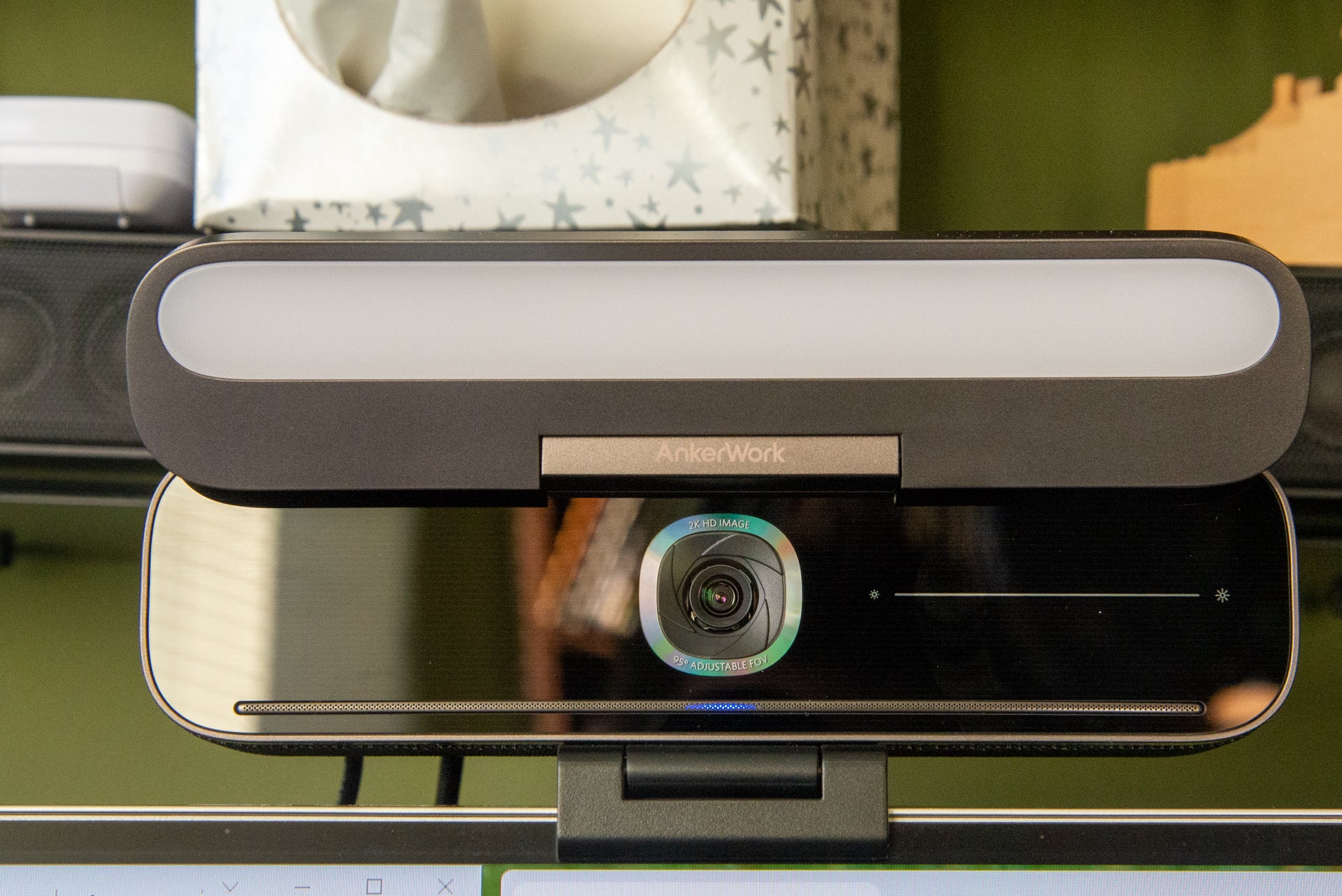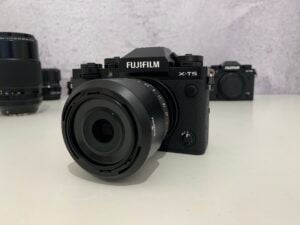
The X-T5 is a camera that takes a step back in some regards whilst taking a larger step forward in others. Most notably, the camera has abandoned its articulating screen and shrunk down its ports in order to move closer to the weight and portability of the X-T1.
Beyond this, the camera delivers a good number of improvements in resolution, autofocus, image stabilisation and battery life. If you’re looking for a stills-first camera with retro design and controls, the X-T5 could be for you, while hybrid fans will want to look toward the X-H series going forward.
Key Features
-
40.2MP sensorWith the X-Processor 5 image processing engine -
Center viewfinderAnd a three-way tilting LCD screen -
Pixel Shift Multi-ShotQuadruples image resolution -
6.2K videoAt 30p in 4:2:2 10-bit colour
Introduction
Few cameras have impressed us as much as the Fujifilm X-T4 in recent years. The APS-C size mirrorless camera received a perfect 5/5 stars from our reviewer when it launched back in 2020 and even won camera of the year at that year’s Trusted Reviews awards.
Now, Fujifilm is back with its latest take on the camera with the X-T5.
However, while the X-T5 has retained the same retro design and controls as its predecessor, the camera has abandoned its hybrid ambitions for a more stills-first approach, leaving video to the X-H2 and X-H2S cameras.
I was given the opportunity to test the X-T5 alongside Fujifilm’s new Fujinon XF 30mm F2.8 macro lens last week. Keep reading for my first impressions of the camera.
Design and display
- The X-T5 shares the same retro style as the X-T4
- The camera is smaller and lighter than its predecessor
- The articulating screen has been swapped out for a 3-way tilting display
X Series fans will be happy to hear that the X-T5 shares the same retro aesthetic and dials as the X-T4. However, you may be surprised to hear the camera has reverted back to some of its older design features as well.
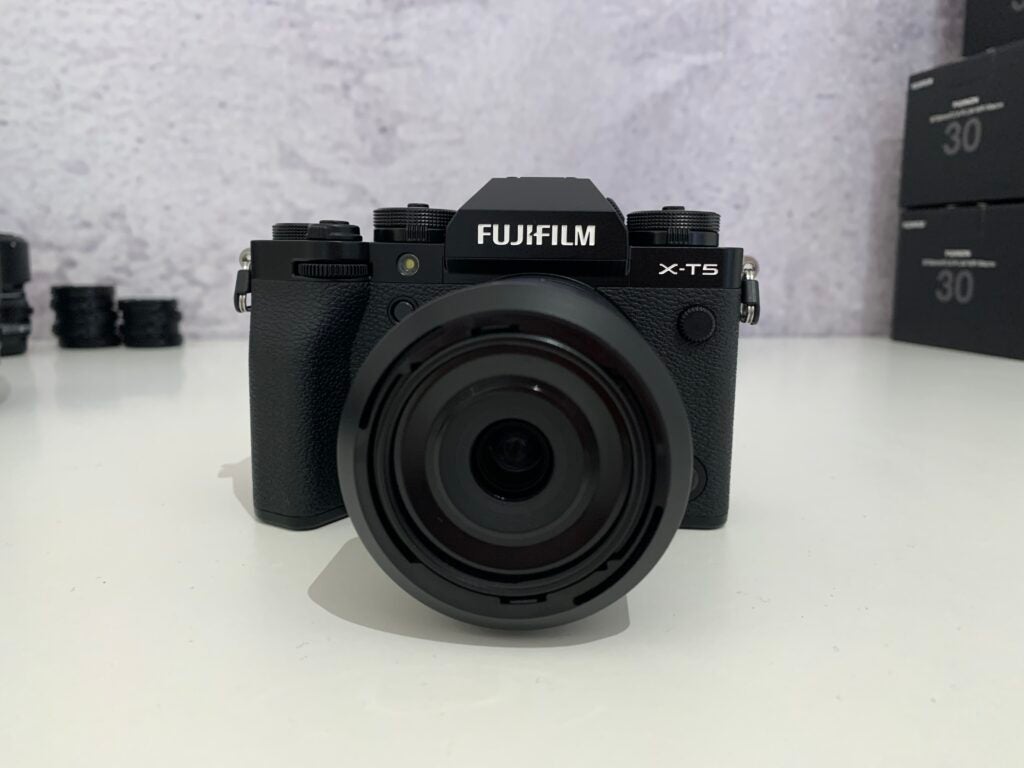
For one, the X-T5 is both smaller and 50g lighter than the X-T4 at 557g. Fujifilm’s goal was to make the camera as small and portable as the original X-T1, making it easy to slip into your bag and take on the go.
I found that the camera felt compact and lightweight without feeling cheap. Likewise, the grip isn’t overly bulky, but still offers a secure hold when shooting with one hand and it offers the same weather resistance as the X-T4.
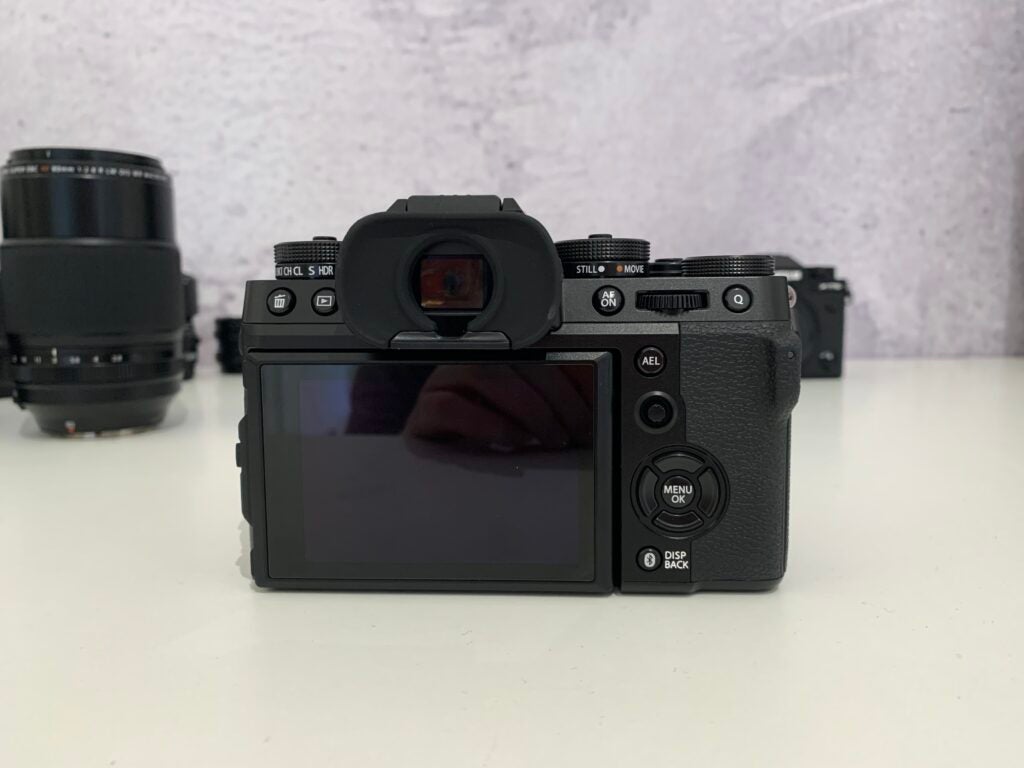
However, in its effort to keep the camera small, the company has done away with the full-size HDMI and 3.5mm headphone jack in exchange for the smaller Micro HDMI and headphone adapter approach.
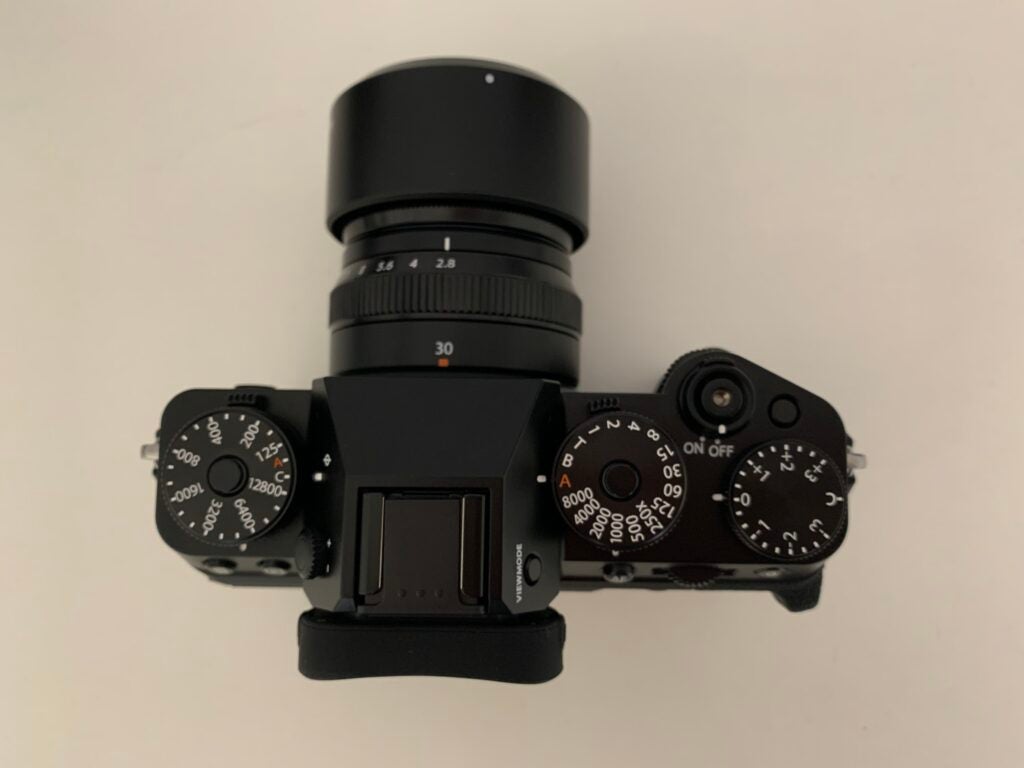
The three dials on top of the X-T5 make it easy to make adjustments – such as lowering the exposure – with the flick of a finger. These dials will be familiar to X-T4 users, meaning those used to the line won’t need to contend with learning new controls to get started with the camera.
Moving onto the screens, the X-T5 includes a 3.69-million-dot electronic viewfinder with 0.8 magnification. However, it’s the monitor that has seen the biggest change here.
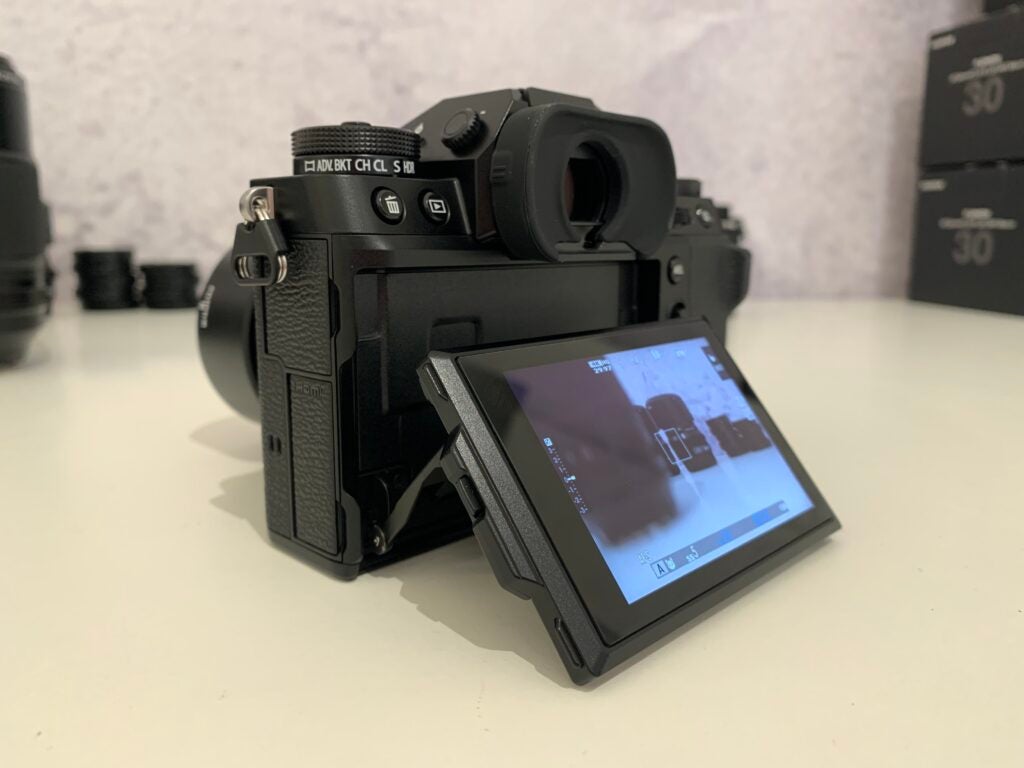
Fujifilm has traded in the flip-out articulated screen on the X-T4 for a 3-inch 3-way tilting LCD touchscreen that makes it easy to shoot from high and low angles. This is a good example of X-T5 taking a step back from the hybrid format, as it certainly makes vlogging with the camera a lot trickier than it was on the X-T4.
Otherwise, the screen has a higher resolution than that of its predecessor at 1.84 million dots to the X-T4’s 1.62 million dots. I found the display to be sharp and vibrant with a decent amount of contrast and the touch controls responsive.
Performance and features
- The X-T5 features a 40.2MP sensor and the X-Processor 5
- The camera takes several pointers from this year’s X-H series
- The camera can record 6.2K video at 30p, but this is cropped
The Fujifilm X-T5 is equipped with a 40.2-megapixel X-Trans CMOS 5 HR sensor and the X-Processor 5 image processing engine, with the latter offering a 20% improvement in battery life over the X-T4.
The camera features ISO125 (now as a standard sensitivity rather than an extended level), a shutter speed of 1/180000 sec and it takes advantage of the same 5-axis, 7-stop image stabilisation found in the X-H series cameras, which launched earlier this year.
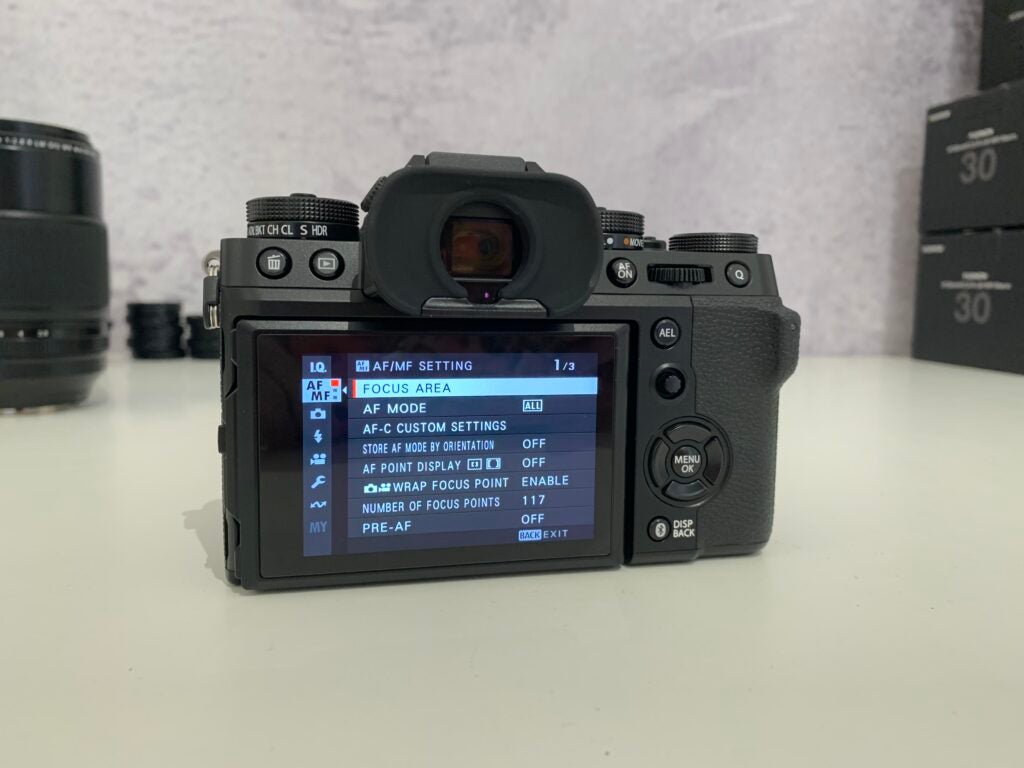
When it comes to autofocus, the X-T5 packs more phase-detection AF points than its predecessor and includes the new subject detection AF algorithm available on the X-H series, allowing it to detect animals, birds, cars, motorcycles, planes and trains with the help of deep learning technology.
There’s also a new Pixel Shift Multi-Shot feature, which quadruples the image resolution, making it well-suited to commercial photography
I tested the camera alongside Fujifilm’s new 30mm macro lens and, briefly, an 80mm lens. If you don’t like insects, stop scrolling now.
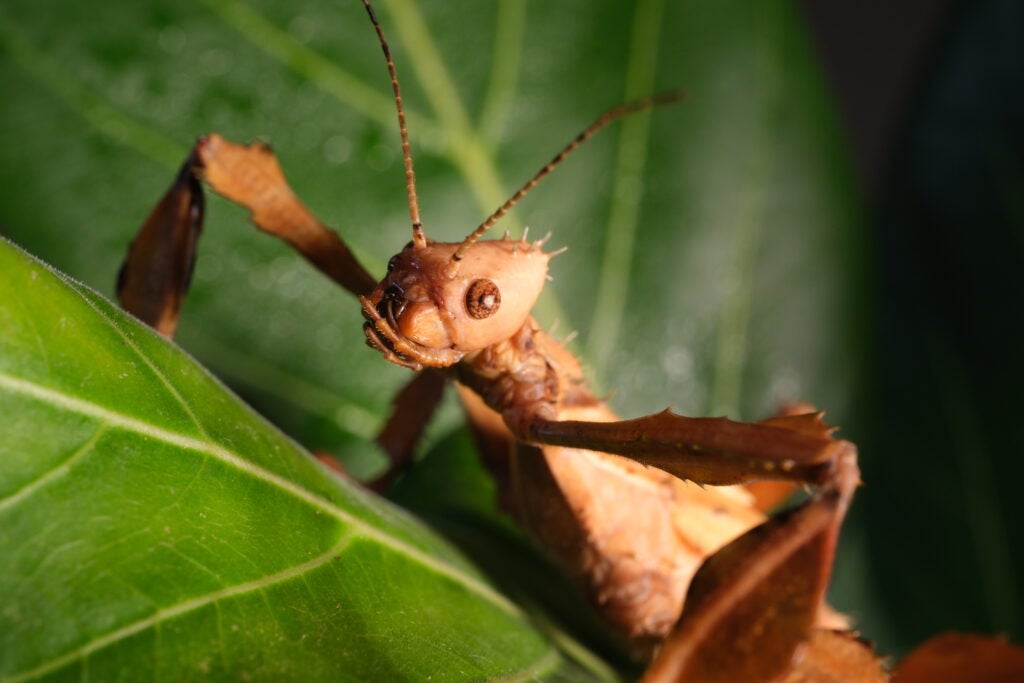
I found photos taken with the X-T5 to be sharp and detailed with enough saturation and contrast to pack a punch.
As someone who had yet to pick up an X-T Series camera prior to writing this first impressions review, I do think there is a learning curve to using the X-T5. The autofocus didn’t feel wholly intuitive as a beginner, and I found it to be finicky at times, latching on to the insect’s antenna instead of his face, for example.
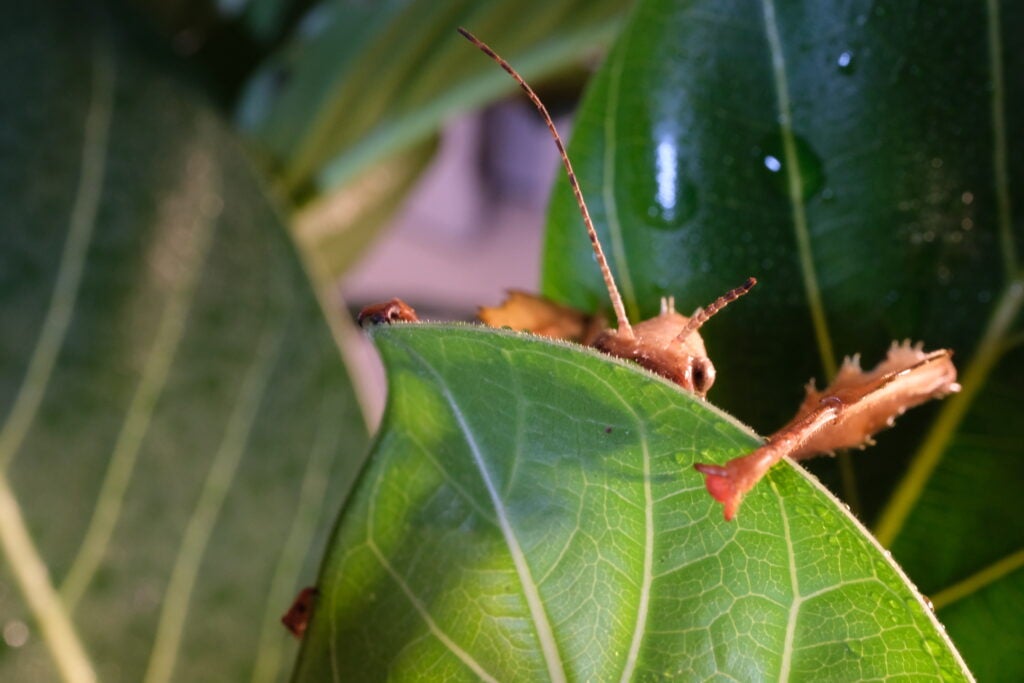
Other times, the AF was smart enough to skip over a leaf in the foreground of the frame and locate the bug peaking out from behind it.
I also found the camera was able to latch onto the stick insect’s eye in many shots, which helped put the focus exactly where I wanted it on his face.
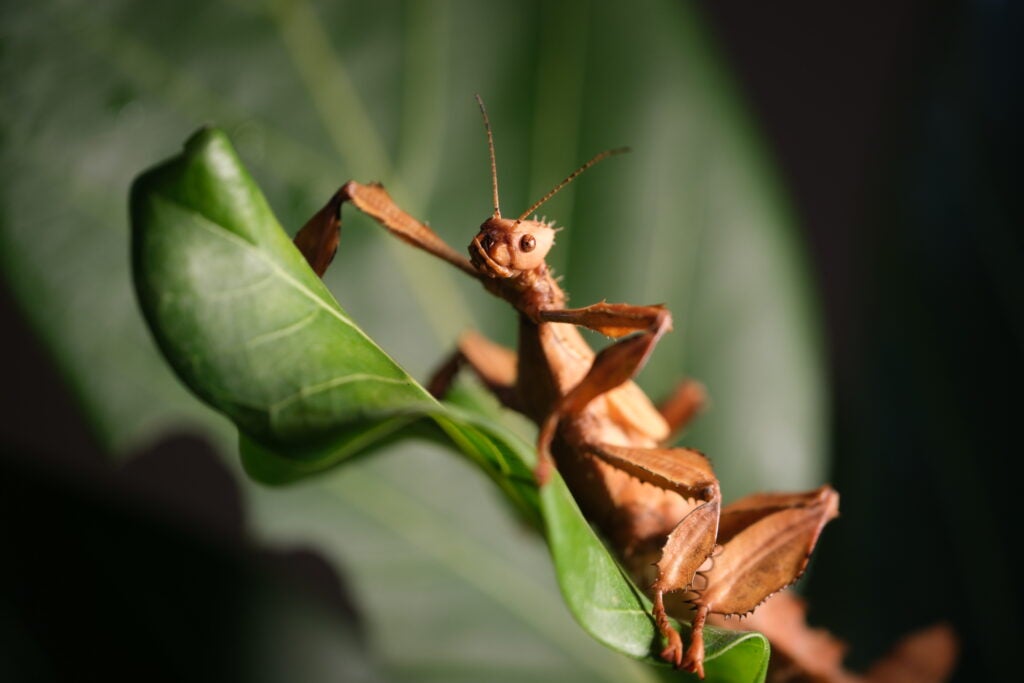
While I would like to spend more time with the camera to fully explore the autofocus and other features on other, I did find the controls and menu to be easily accessible.
Many of the settings can be navigated and adjusted using the touchscreen and the side arrows offer quick access to the film simulation modes and white balance settings.
While video is no longer an equal priority on the X-T5, with Fujifilm leaving its hybrid ambitions to the X-H2 and X-H2S, that doesn’t mean it’s been forgotten, with upgrades in this area too.
Fujifilm has equipped the X-T5 with 6.2K resolution 10bit 4:2:2 video at up to 30p (albeit, this is cropped) or 1080p at up to 240p, meaning video performance has been given a boost over the X-T4. There’s also support for ProRes RAW and Black Magic Raw over HDMI.
I didn’t spend enough time using the video function to offer my first impression of it, meaning you’ll have to wait for our full review to read our verdict on this area of the camera.
Full specs
The post Fujifilm X-T5 appeared first on Trusted Reviews.
Author: Hannah Davies
This article comes from Trusted Reviews and can be read on the original site.
